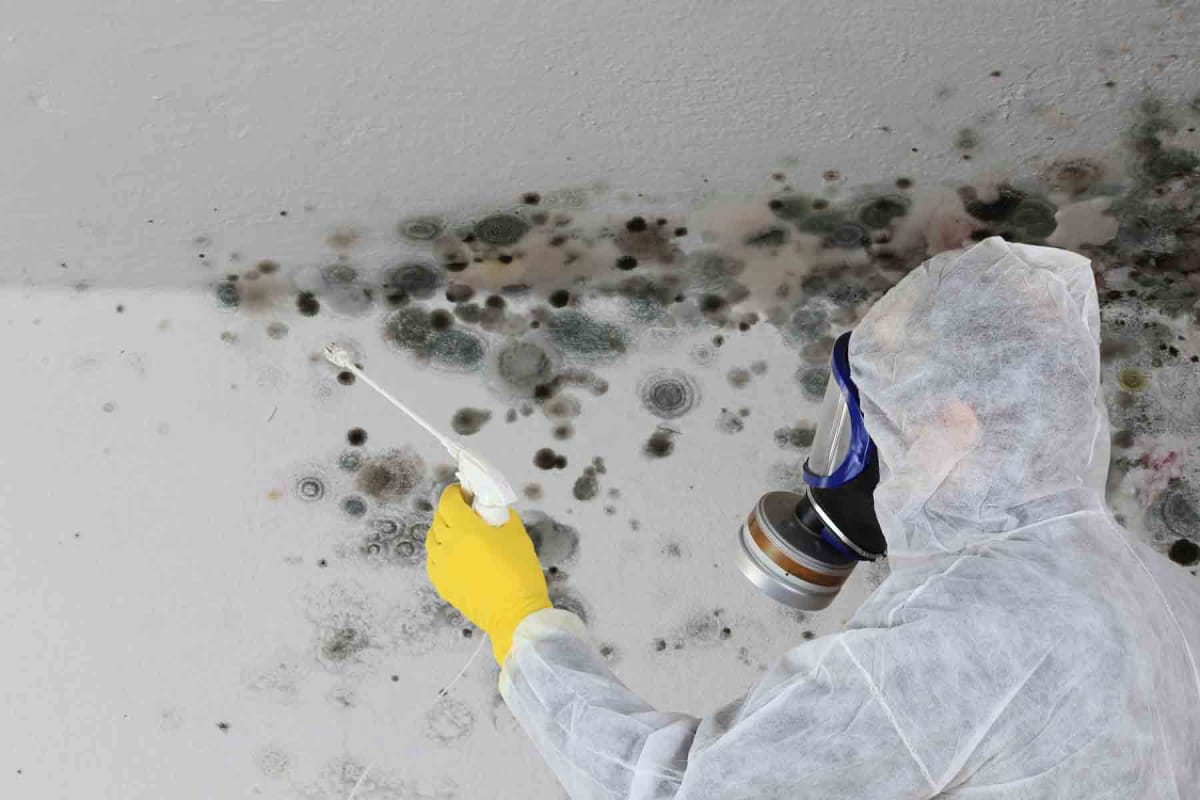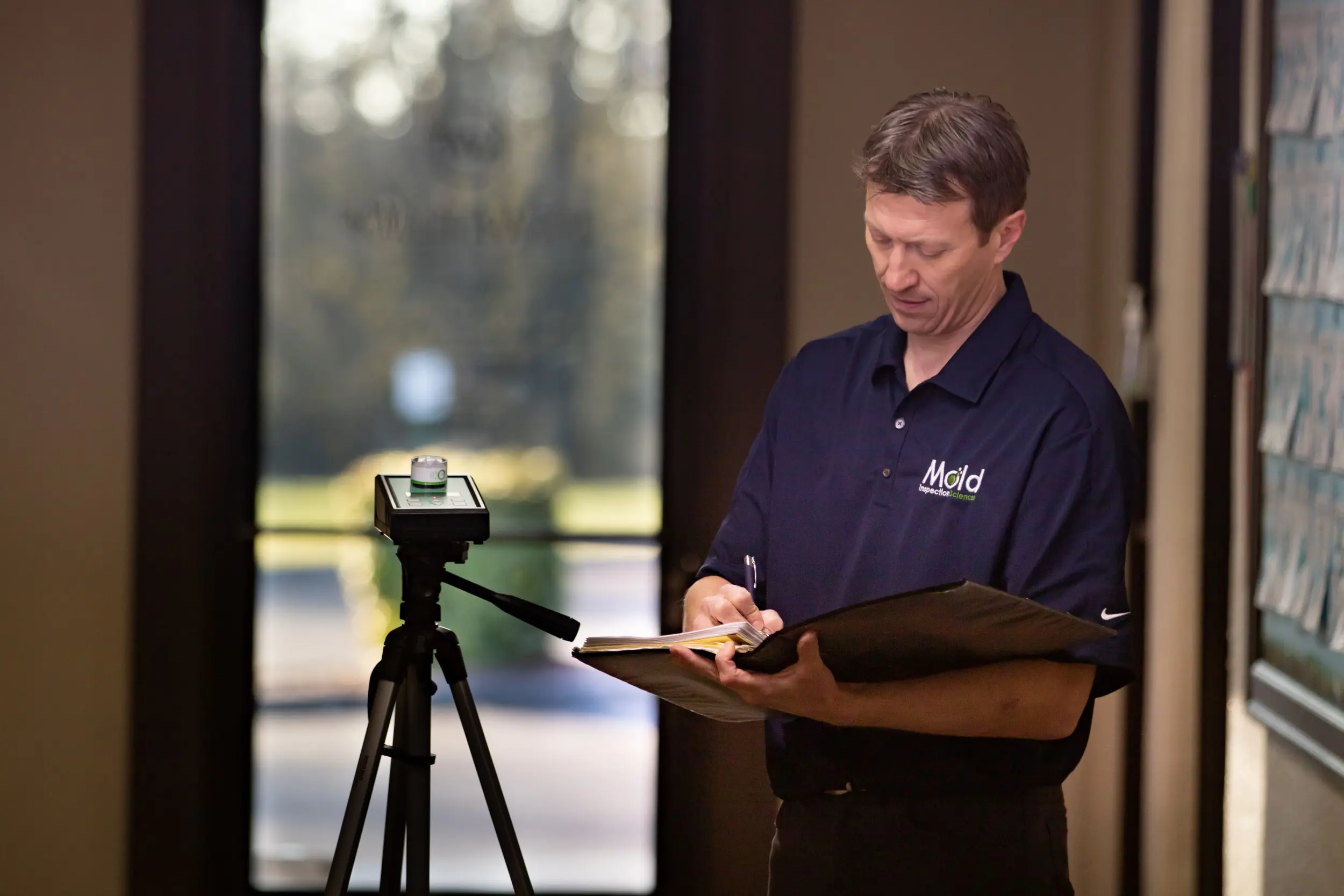Testing Air Quality After Mold Remediation
Testing Air Quality After Mold Remediation
Blog Article
Your Ultimate Overview to Message Mold Remediation Strategies
In the aftermath of mold and mildew invasion, knowing how to effectively get rid of the mold and avoid its reoccurrence is vital for preserving a healthy and balanced indoor atmosphere. From choosing the best cleaning and sanitizing techniques to implementing strategies for long-lasting mold avoidance, each step in the remediation journey plays an important function in making sure an effective end result.
Recognizing Post-Mold Removal Refine
After completing the mold and mildew remediation procedure, it is important to understand the post-mold removal techniques that are essential to guarantee a effective and complete clean-up. As soon as the mold has actually been removed, the next action involves cleansing and disinfecting the impacted areas to prevent any type of regrowth of mold and mildew.
Additionally, performing a final assessment post-remediation is essential to make sure that all mold and mildew has been effectively eradicated. This evaluation needs to involve a complete visual check as well as potentially air sampling to confirm the absence of mold and mildew spores airborne. If the evaluation exposes any lingering mold and mildew, added remediation may be needed. Finally, informing passengers on safety nets such as controlling moisture levels and quickly dealing with any type of water leakages can assist preserve a mold-free atmosphere.
Efficient Cleansing and Decontaminating Techniques

Preventing Future Mold Development

Relevance of Proper Air Flow
Proper ventilation plays a critical duty in avoiding dampness buildup, a key consider mold development within indoor atmospheres. Effective air flow systems aid get rid of excess humidity from the air, decreasing the opportunities of mold spores locating the wetness they need to sprout and spread out. Without sufficient air flow, interior areas can come to be a breeding ground for mold, resulting in prospective browse this site wellness risks and structural damages.
By making sure correct air circulation, air flow systems can also aid in drying out moist locations quicker after water damage or flooding occurrences, better discouraging mold and mildew development. Post Mold remediation cleaning. Precede like washrooms, attic rooms, kitchens, and cellars where moisture levels tend to be higher, mounting and keeping reliable air flow systems is essential in protecting against mold infestations

Surveillance and Maintenance Tips
Offered the critical function that proper air flow plays in stopping mold development, it is necessary to establish efficient surveillance and upkeep suggestions to guarantee the ongoing performance of air flow systems. Normal assessments of ventilation systems need to be carried out to examine for any type of signs of clogs, leaks, or breakdowns that could restrain proper airflow. Monitoring moisture read this levels within the residential or commercial property is additionally important, as high moisture can add to mold and mildew growth. Mounting a hygrometer can help track humidity degrees and alert home owners to any spikes that may call for interest. Furthermore, making sure that air filters are consistently cleansed or replaced is necessary for maintaining the effectiveness of the air flow system. Applying a schedule for regular upkeep jobs, such as duct cleaning and a/c system inspections, can help stop concerns prior to they escalate. By staying positive and conscientious to the problem of air flow systems, homeowner can efficiently mitigate the risk of great post to read mold regrowth and maintain a healthy indoor atmosphere.
Conclusion
In conclusion, post-mold remediation techniques are important for guaranteeing a clean and secure setting. Recognizing the process, implementing reliable cleaning and disinfecting methods, preventing future mold and mildew growth, keeping appropriate ventilation, and normal tracking are all crucial actions in the removal procedure. By complying with these standards, you can effectively eliminate mold and mildew and prevent its return, advertising a healthy living or functioning area for all occupants.
In the consequences of mold invasion, understanding how to successfully eradicate the mold and mildew and prevent its reoccurrence is vital for maintaining a healthy interior environment. When the mold and mildew has been eliminated, the following step includes cleansing and decontaminating the influenced areas to stop any regrowth of mold - Post Remediation Inspection near me. After eliminating noticeable mold and mildew development, it is essential to clean up all surface areas in the damaged location to eliminate any type of staying mold and mildew spores. To better enhance mold prevention procedures, it is crucial to address underlying issues that initially led to mold advancement.Given the critical role that appropriate ventilation plays in stopping mold and mildew development, it is essential to establish effective monitoring and maintenance suggestions to ensure the continued functionality of ventilation systems
Report this page